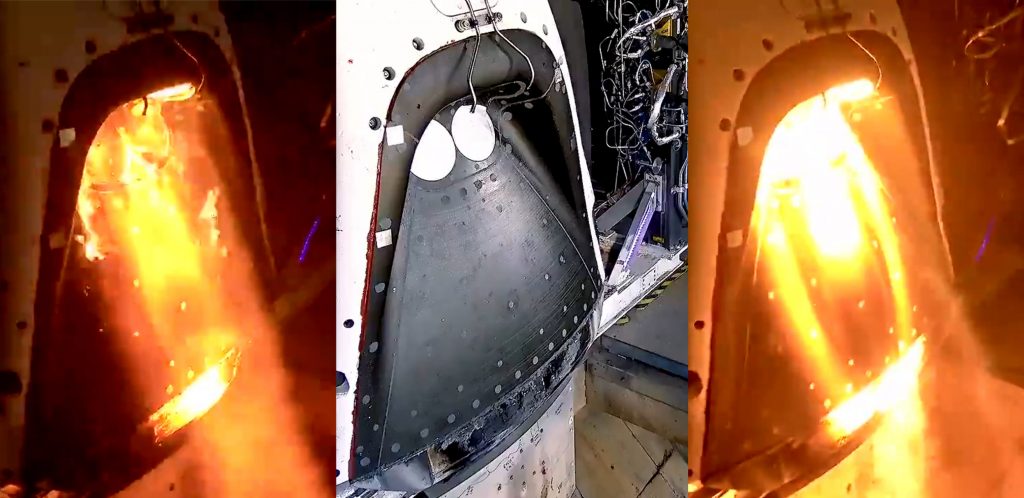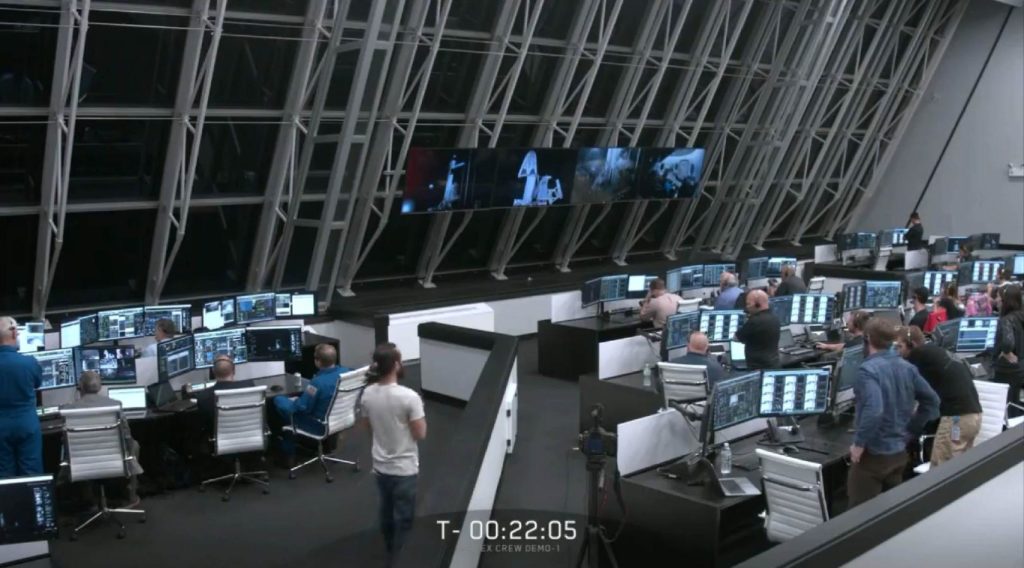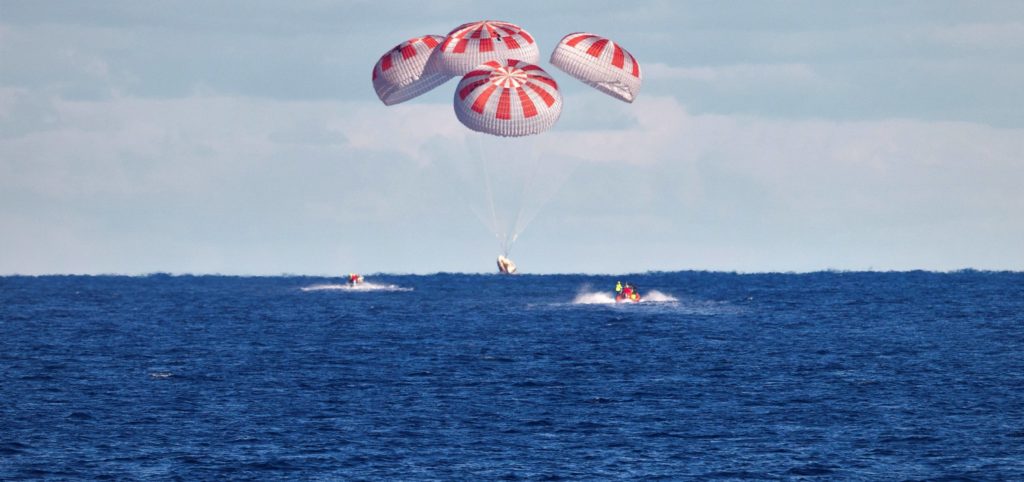SpaceX’s Crew Dragon spacecraft is set to attempt to escape a supersonic Falcon 9 in what will likely be the first intentional in-flight destruction of an orbital-class rocket in decades.
Known as an In-Flight Abort test, Crew Dragon’s second test flight is guaranteed to be spectacular and will thankfully be streamed live by both NASA and SpaceX. Scheduled to lift off no earlier than 8 am EST (13:00 UTC), January 18th, the IFA could also be Crew Dragon’s last uncrewed launch ever, hopefully paving the way for its first orbital flight with NASA astronauts on board just a few months from now.
For now, SpaceX’s primary focus with the IFA test is to prove that Crew Dragon can protect passengers and cargo even in the unlikely event that Falcon 9 fails in flight – after liftoff but before the spacecraft has separated from the rocket.
After several months of delays brought on by the explosion of Crew Dragon capsule C201 in April 2019 and an additional two-week slip from NASA’s first public launch date, Falcon 9 booster (B1046) and Crew Dragon capsule C205 have both completed static fire tests of their respective rocket engines and rolled out to Pad 39A on January 16th.
After at least half a year of investigation and a similar period spent redesigning and requalifying a subsection of the high-pressure propellant plumbing that feeds Crew Dragon’s SuperDraco abort thrusters, new capsule C205 successfully fired up a handful of Draco maneuvering thrusters and all 8 of its SuperDracos abort engines, simulating the burns it will have to perform during Saturday’s IFA test.

According to NASA and SpaceX, the ~48 hours between rollout and liftoff have been used to perform a dry run for future NASA astronaut launches, more or less exactly replicating the processes that will soon be used for real. Of course, Demo-2 astronauts Bob Behnken and Doug Hurley didn’t actually board the Crew Dragon spacecraft (its interior is unfinished) and will certainly not be on board come liftoff, but everything up to the point of spacecraft ingress was performed as if they will be.
Audiences will likely be treated to a rare view from inside SpaceX’s flight operations center, recently permanently relocated to Firing Room 4 of NASA’s Flight Control Center (FCC) – a facility with substantial historical ties to US human spaceflight. It was last utilized as part of Crew Dragon’s inaugural orbital launch – “Demo-1” – in March 2019.

Approximately 90 seconds after liftoff, shortly after a point of maximum aerodynamic stress called Max Q, Crew Dragon will ignite its SuperDraco abort thrusters in an attempt to prove that it can whisk astronauts to safety in even a near-worst-case scenario. After a 10-second SuperDraco burn, the spacecraft will have to stabilize itself, reenter the bulk of Earth’s atmosphere, and deploy four main parachutes for a gentle splashdown in the Atlantic Ocean.
A combined SpaceX and USAF team will recover the hopefully-intact spacecraft from the ocean, likely using the opportunity to once again simulate the process of recovering a crewed Crew Dragon and safely extracting the NASA astronauts strapped inside it.

Falcon 9 booster B1046 is expected to be “destroyed in Dragon fire”, according to SpaceX CEO Elon Musk. The Crew Dragon capsule will jettison mid-flight, leaving B1046 open to extremely abnormal aerodynamic stress that will likely tear it and the upper stage apart. NASA says SpaceX will attempt to recover as much of the expected rocket debris as possible.
Crew Dragon’s IFA test has a four-hour launch window with liftoff targeted no earlier than (NET) 8 am EST (13:00 UTC), January 18th. For a variety of reasons, this mission is uniquely susceptible to weather both at and around the launch pad and stands a good chance of slipping much later into the window, and backups are available at the same time on Sunday and Monday.
Regardless, SpaceX will provide live coverage of the test whenever it does launch, beginning around 15 minutes prior to liftoff. Teslarati photographer Richard Angle and reporter Jamie Groh will be on-site to document the events of Crew Dragon crucial – and likely spectacular – flight test.
Check out Teslarati’s newsletters for prompt updates, on-the-ground perspectives, and unique glimpses of SpaceX’s rocket launch and recovery processes.

(adsbygoogle = window.adsbygoogle || []).push({});
<!–
–>
var disqus_shortname = “teslarati”;
var disqus_title = “SpaceX's Crew Dragon is about to escape a supersonic rocket: here's how to watch live”;
var disqus_url = “https://www.teslarati.com/spacex-crew-dragon-supersonic-rocket-escape-webcast/”;
var disqus_identifier = “teslarati-126894”;

